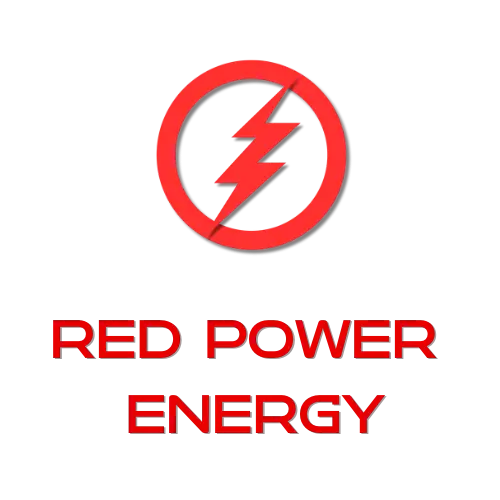Tribal Utility Authority Part XIII: Establishing Maintenance Programs
Tribal Utility Authority | Powered By Red Power Energy
TUA Experts
+1 855-573-3769
Good >Better>Best Options
Establishing Maintenance Programs
Creating effective maintenance programs stands as one of the most crucial aspects of successful utility operations. Think of maintenance as your utility’s immune system—it prevents problems before they occur and responds quickly when issues arise. While establishing comprehensive maintenance programs requires significant effort, this investment prevents costly emergencies and extends infrastructure life while ensuring reliable service delivery.
Preventive maintenance forms the cornerstone of effective utility operations. Just as traditional tribal practices emphasize careful stewardship of resources, modern preventive maintenance protects utility investments through regular care and attention. This involves systematic inspection, cleaning, adjustment, and repair of equipment before problems develop. Experience shows that utilities investing in strong preventive maintenance programs spend less time and money on emergency repairs while maintaining more reliable service.
Equipment maintenance schedules must account for both manufacturer recommendations and local conditions. The same piece of equipment might need more frequent maintenance in a dusty desert environment than in a temperate climate. Similarly, water treatment equipment faces different challenges in areas with high mineral content than in regions with cleaner source water. Successful utilities adapt maintenance schedules to their specific circumstances while maintaining manufacturer warranty requirements.
Maintenance documentation provides both operational guidance and historical records. Clear procedures help ensure consistent maintenance quality regardless of who performs the work, while detailed records track equipment history and help identify developing problems. Modern computerized maintenance management systems (CMMS) can simplify this documentation, but even simple paper records prove valuable when consistently maintained. Many utilities find that thorough documentation helps train new staff while supporting effective maintenance planning.
Work order systems organize and track maintenance activities. Whether using sophisticated software or basic paper forms, work orders help ensure maintenance tasks receive proper attention and documentation. These systems should track both routine maintenance and repair requests, providing clear priorities and resource allocation guidance. Experience shows that effective work order systems improve maintenance efficiency while ensuring critical tasks don’t get overlooked.
Inventory management supports maintenance operations by ensuring necessary parts and supplies remain available. This involves more than just storing spare parts—successful inventory management requires understanding what items you need, how many to keep on hand, and when to reorder. Consider both critical spare parts that demand immediate availability and routine supplies that allow more flexible ordering. Many utilities find that balanced inventory management helps control costs while maintaining maintenance capabilities.
Staff training requirements cover both technical skills and safety procedures. Maintenance personnel need understanding of various systems and equipment, along with knowledge of proper maintenance procedures and safety requirements. Consider both initial training for new staff and ongoing education to maintain and enhance skills. Experience shows that comprehensive training programs improve maintenance quality while reducing workplace accidents.
Tool and equipment needs range from basic hand tools to specialized testing equipment. Having appropriate tools available when needed helps ensure maintenance quality and efficiency. Consider both immediate operational needs and potential future requirements when establishing tool inventories. Many successful utilities find that investing in quality tools proves cost-effective through improved maintenance capability and longer tool life.
Safety protocols protect both workers and equipment during maintenance activities. This involves proper use of personal protective equipment, following lockout/tagout procedures, and maintaining safe work practices. Consider both regulatory requirements and practical safety needs when establishing maintenance safety procedures. Experience shows that strong safety programs reduce accidents while supporting efficient maintenance operations.
Emergency repair procedures ensure quick response when problems occur. While strong preventive maintenance reduces emergency frequency, every utility needs the capability to handle unexpected issues. This involves having necessary staff, equipment, and procedures ready for various types of emergencies. Many utilities find that well-planned emergency procedures help minimize service disruptions while controlling repair costs.
Maintenance planning balances immediate needs with long-term requirements. This involves scheduling routine maintenance while maintaining capacity for unexpected repairs. Consider both staff availability and equipment needs when developing maintenance schedules. Experience shows that effective maintenance planning helps optimize resource use while ensuring consistent system care.
Quality control measures ensure maintenance meets necessary standards. This involves both inspection of completed work and monitoring of maintenance procedures. Consider both technical requirements and practical effectiveness when establishing quality control measures. Many successful utilities find that strong quality control helps prevent repeat problems while extending equipment life.
KEEP READING BELOW
WIDE RANGE OF TRIBAL UTILITY SERVICES
Do you need Tribal Solar Help ? Look no further!
Leading experts in Tribal Utility Authority formation, IPP development, and PPA negotiation. Transform your tribe's energy infrastructure with comprehensive solutions backed by decades of experience in Indian Country.
- Tribal Utility Authority Formation
- Independent Power Producer Development
- Power Purchase Agreement Negotiation
- Virtual Tribal Energy Office Implementation
- Energy Program Management
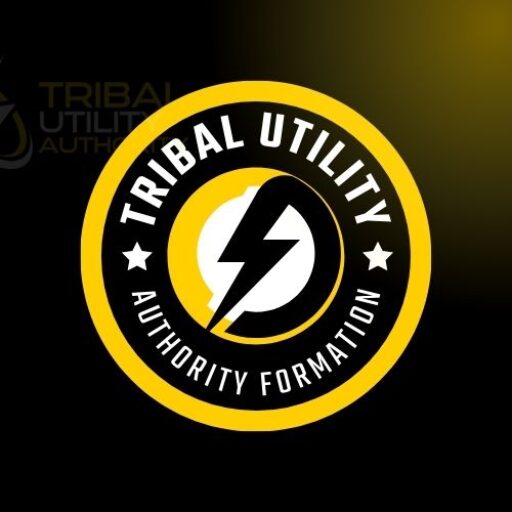
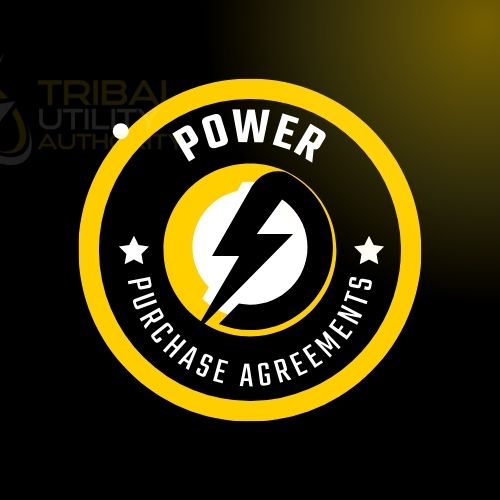
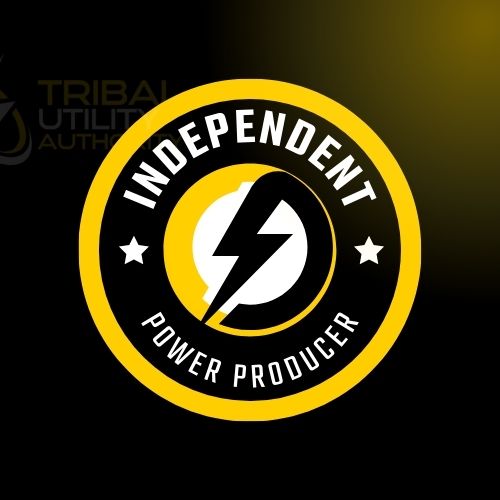
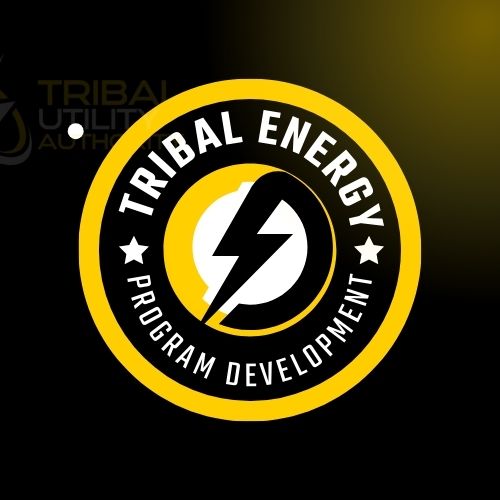
Cost tracking systems monitor maintenance expenses and support budget planning. This involves tracking both direct costs like parts and labor and indirect costs like tool wear and facility use. Consider both immediate expenses and long-term cost implications when evaluating maintenance decisions. Experience shows that careful cost tracking helps justify maintenance investments while identifying cost-saving opportunities.
Performance metrics help evaluate maintenance program effectiveness. These might include measures like equipment downtime, repair frequency, and maintenance costs. Consider both technical performance and service impact when developing maintenance metrics. Many utilities find that comprehensive performance measurement helps improve maintenance operations while demonstrating program value.
Contractor relationships often support internal maintenance capabilities. Whether for specialized tasks or supplemental capacity, many utilities rely partly on outside contractors. Consider both technical capabilities and cost-effectiveness when establishing contractor relationships. Experience shows that well-managed contractor relationships help maintain comprehensive maintenance capabilities while controlling costs.
Facility requirements support maintenance operations through appropriate work spaces and storage areas. This involves both immediate operational needs and long-term maintenance capabilities. Consider both current activities and potential future requirements when planning maintenance facilities. Many successful utilities find that proper facilities improve maintenance efficiency while supporting staff safety.
Environmental considerations affect many maintenance activities. This involves proper handling of materials like lubricants and cleaning supplies, along with attention to environmental impacts of maintenance operations. Consider both regulatory requirements and traditional environmental values when establishing maintenance procedures. Experience shows that environmentally conscious maintenance practices support both regulatory compliance and community relations.
Technology integration increasingly affects maintenance operations. From mobile devices for work orders to sensors for equipment monitoring, technology offers various tools for improving maintenance effectiveness. Consider both potential benefits and practical implementation requirements when adopting maintenance technologies. Many utilities find that appropriate technology use improves maintenance efficiency while supporting better decision-making.
Cultural integration ensures maintenance programs respect community values and practices. This might involve scheduling around ceremonial events or ensuring maintenance activities respect sacred sites. Consider both operational requirements and cultural considerations when establishing maintenance procedures. Experience shows that culturally sensitive maintenance practices help maintain community support while ensuring effective system care.
Weather considerations affect maintenance planning and execution. Seasonal changes might affect both equipment needs and maintenance scheduling. Consider both immediate weather impacts and long-term climate patterns when developing maintenance programs. Many successful utilities find that weather-conscious maintenance planning helps prevent weather-related problems while maintaining service reliability.
Resource management ensures efficient use of maintenance capabilities. This involves balancing various maintenance needs while optimizing resource use. Consider both immediate maintenance requirements and long-term program sustainability when allocating resources. Experience shows that effective resource management helps maintain comprehensive maintenance capabilities while controlling costs.
Coordination requirements ensure maintenance activities support rather than disrupt utility operations. This involves scheduling maintenance to minimize service impacts while maintaining system reliability. Consider both operational needs and customer impacts when planning maintenance activities. Many utilities find that well-coordinated maintenance helps maintain service quality while supporting efficient operations.
Adaptation capabilities ensure maintenance programs can adjust to changing needs. This involves both immediate operational flexibility and long-term program evolution. Consider both current requirements and potential future needs when developing maintenance programs. Experience shows that adaptable maintenance programs help utilities respond to changing conditions while maintaining effective system care.
Experienced Tribal Solar Experts
WE USE THE LATEST TOOLS & TECHNOLOGY
We provide reliable and quality electrical services to customers in the area. We specialize in all aspects of residential and commercial electrical work, from new installations and upgrades to repairs and maintenance.
We are a full-service electrical contractor dedicated to providing quality electrical services to both residential and commercial customers. Our team of experienced electricians are highly trained and certified.
TRIBAL UTILITY AUTHORITY CONSULTING
Expert guidance in establishing and managing tribal utility authorities, helping Native American communities achieve energy sovereignty through strategic planning and implementation.
TRIBAL UTILITY PROGRAMS
Comprehensive support for developing and implementing sustainable tribal utility programs that enhance community self-reliance and economic development.
TRIBAL UTILITY AUTHORITY FORMATION
Complete assistance in establishing legally sound tribal utility authorities, including regulatory compliance, governance structure development, and operational framework creation.
TRIBAL UTILITY AUTHORITY OPERATIONS
Professional support for day-to-day utility management, including system maintenance, customer service, billing operations, and performance optimization.
TRIBAL UTILITY AUTHORITY TECHNOLOGY
State-of-the-art technological solutions for modern tribal utility operations, featuring advanced metering, smart grid capabilities, and integrated management systems.
TRIBAL UTILITY AUTHORITY WORKFORCE
Specialized workforce development programs focused on building local capacity through technical training, professional development, and ongoing operational support.
Are you in need of an Tribal Utility Authority Expert ?
Look no further! Our team is here to help.
REACH OUT AND CONNECT
Get a Complete Quote
Your bridge to meaningful communication and personalized assistance, we're here to listen and assist you
Latest Tribal Utility Authority Updates
NAVIGATING IDEAS AND INSPIRATION

Tribal Utility Authority Overview
A tribal utility authority is a specialized administrative entity established by a Native American tribe to manage and operate essential utility services within their tribal

Tribal Utility Authority Formation: Harnessing Tribal Energy Sovereignty
Tribal Utility Authority Formation: Harnessing Tribal Energy Sovereignty Welcome to TribalUtilityAuthority.com, the definitive resource on establishing and operating Tribal Utility Authorities (TUAs) to achieve energy
